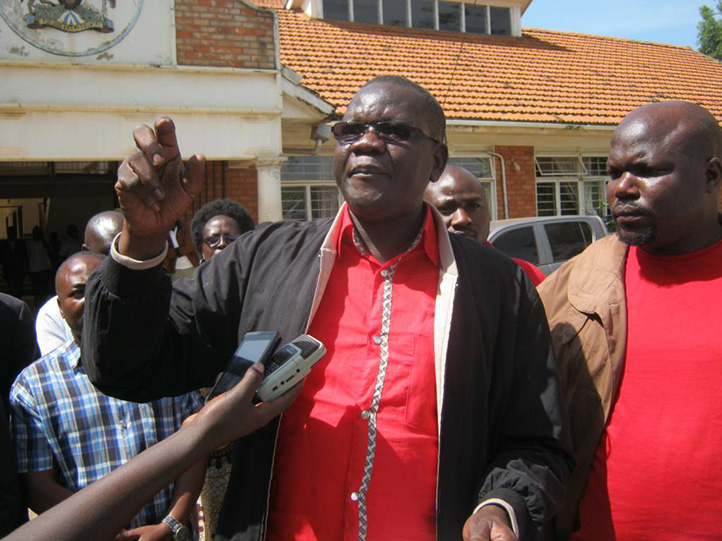By: Samuel Baker Okello
FDC presidential candidate Patrick Amuriat says the prevailing education system favours the rich, leaving the children of the poor without hope to further their studies.
However, the NRM policy, is anchored on the belief that education is a fundamental right and it presents the most reliable opportunity for equality in society.
Before NRM took power in 1986, education was a privilege for a few, which explains why opportunities were concentrated in a few families and areas of the country.
NRM inherited a Uganda with low enrolment in education. Over the years, enrolment has grown across all education levels.
Focus of the NRM since 2016 has been on enhancing the quality of education at all levels as well as continuing to increase teachers’ salaries and further investing in the education infrastructure.
Through UPE, USE, free Higher Education and the Student Loan Scheme, the NRM is empowering the youth to effectively participate in the economic development of the country.
Today, about 40,000 youth graduate from universities annually.
The NRM believes that an educated and healthy population is key in improving people’s standards of living.
NRM’s Education-for-All policy through UPE and USE programmes has resulted in a rise in school enrolment at all levels of education.
Attendance and completion rates have also improved significantly.
Access to education for all has helped bridge the gender gap as more females are going to school and attaining academic qualifications, enabling them to get well-paying jobs just like their male counterparts.
Apart from literacy and numeracy, NRM has also invested in scientific and technical skills to run a modern economy.
So far, there are 7,308 pre-primary schools, 36,285 primary schools (government and private), 5,553 secondary schools (government and private), 1,543 technical and tertiary schools (government and private) and 49 universities (government and private).
NRM is encouraging domestic production of scholastic materials such as books, chalk, paper, pens and pencils.
At independence in 1962, for example, there were 28 Government-aided secondary schools with a total enrolment of 1,991 students. The post-independence Governments added a few secondary schools and by 1970, the secondary schools had increased to 73 with a total enrolment of 29,540 students.
This informed NRM to focus, first, on access to education by taking schools near the people. Thereafter, we introduced Universal Primary Education (UPE) in 1997, Universal Secondary Education (USE) for O’level in 2007, Universal Post-O’level Education and Training (UPOLET) as well as Universal A’level in 2012. This was to ensure that all the children access and attend school free of charge.
Parents are only required to provide stationery, meals and uniforms for the learners, as government pays teachers and provides an annual grant to schools to cater for every
child’s tuition and operational costs.
Because of UPE, which started in 1997, and USE in 2007, the literacy rate has improved from 43% to 76%. Enrolment in primary and secondary schools is now at 10.7 million pupils and 2 million students respectively.
Today, many who benefited from UPE have graduated from university and other tertiary institutions. While some of them are unemployed, through our policies and strategies such as the industrialisation agenda, import-substitution, zonal industrial hubs and Emyooga, these graduates will soon get jobs.
Therefore, we will continue working to grow the number of graduates at all levels.
The writer is an educationist and NRM cadre from Kitgum District.
